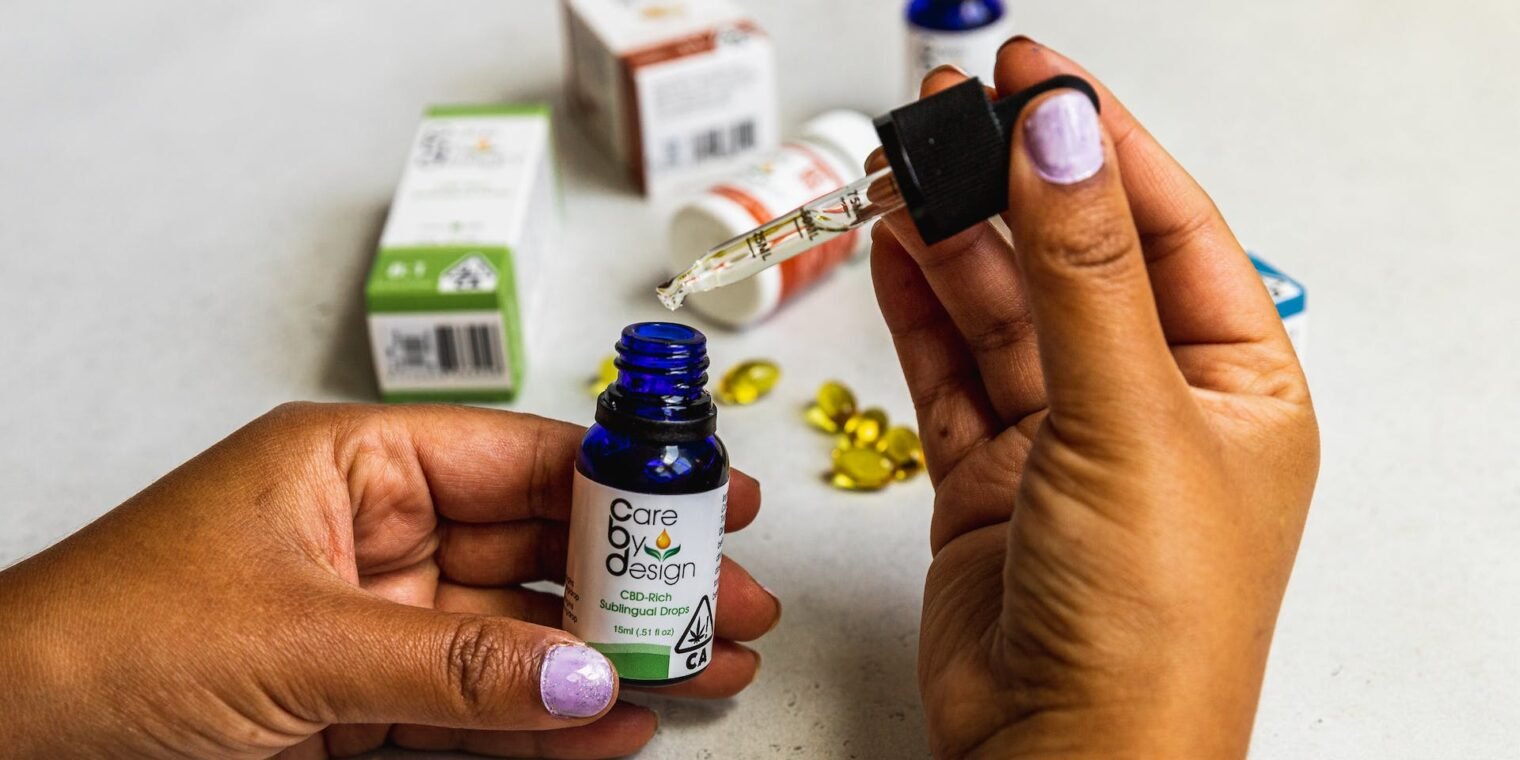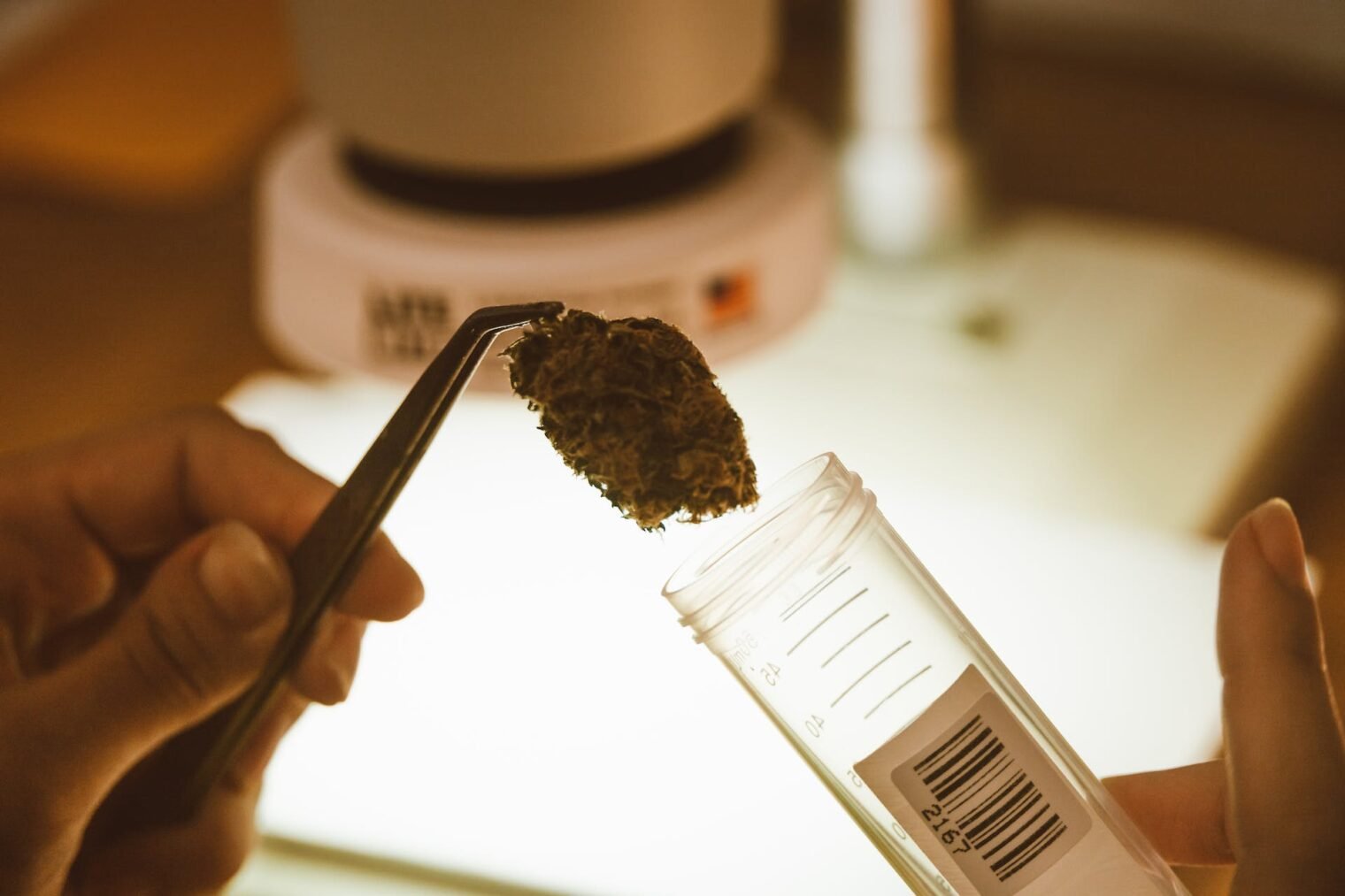What Are Active Cannabinoids (TAC)? How Do They Work?

Table of Contents
In the rapidly evolving world of cannabis, understanding and harnessing the full potential of this versatile plant is key. One crucial aspect to consider is the concept of total active cannabinoids (TAC).
TAC represents the levels of active cannabinoids present in a cannabis sample, offering valuable insights into the presence of THC, CBD, CBG, and other cannabinoids. Through professional laboratory analysis, we can gain a comprehensive understanding of these cannabinoids in their acid version, providing a deeper understanding of their true potential.
In this article, we will delve into the significance of TAC in relation to total cannabinoid content and total aerobic count, as well as explore the entourage effect and its impact on TAC. Additionally, we will discuss strategies to enhance TAC and terpene content in cannabis buds, empowering cultivators to unlock the full potential of this remarkable plant.
Active Cannabinoids: Key Takeaways
– Total Active Cannabinoid Content (TAC) represents the real-world levels of active cannabinoids present in a cannabis sample, including THC, CBD, CBG, and other cannabinoids.
– Strains with high TAC and a wide-spectrum of minor cannabinoids are preferred by connoisseur cannabis lovers.
– TAC levels are slightly lower than the total cannabinoid content, which includes both acid and active versions of cannabinoids.
– The entourage effect, created by a combination of cannabinoids, terpenes, and flavonoids, is widely appreciated by experienced cannabis users.
Understanding Total Active Cannabinoid Content (TAC)
To fully comprehend the significance of Total Active Cannabinoid Content (TAC), it is essential to delve into the intricacies of its composition and implications within the world of cannabis.
TAC represents the real-world levels of active cannabinoids present in a cannabis sample. It provides valuable information about the presence of active THC, CBD, CBG, and other cannabinoids.
Understanding CBG’s effects on the entourage effect is crucial in appreciating the importance of TAC. The entourage effect suggests that strains with a wide spectrum of minor cannabinoids produce a better high. Therefore, when selecting strains, considering TAC levels becomes vital.
Strains with high TAC and a variety of minor cannabinoids are preferred by connoisseur cannabis lovers. By understanding the relationship between TAC and strain selection, cannabis enthusiasts can unlock the full potential of cannabinoids and enhance their overall cannabis experience.
Differentiating TAC From Total Cannabinoid Content
Total Active Cannabinoid Content (TAC) can be differentiated from total cannabinoid content by considering the presence of both acid and active versions of cannabinoids in the cannabis sample. TAC levels provide a more accurate representation of the actual levels of active cannabinoids, such as THC and CBD, in the plant material.
Here are some key points to understand about differentiating TAC from total cannabinoid content:
– Different methods of measuring TAC levels: Laboratory analysis is necessary to determine the TAC levels, as it involves measuring the concentrations of both acid and active forms of cannabinoids.
– The impact of TAC on the medicinal properties of cannabis: TAC levels play a crucial role in determining the potency and therapeutic effects of cannabis products. Higher TAC levels generally indicate stronger medicinal properties.
Understanding the difference between TAC and total cannabinoid content is essential for accurately assessing the potency and medicinal value of cannabis samples. By considering the presence of both acid and active versions of cannabinoids, TAC provides a more comprehensive understanding of the true potential of cannabis.

The Role of CBG in Total Active Cannabinoid Content
The presence of CBG, a precursor cannabinoid, plays a significant role in the total active cannabinoid content of cannabis samples, enhancing their potency and therapeutic potential. CBG, or cannabigerol, is considered a building block for other cannabinoids such as THC, CBD, and CBC.
As a precursor cannabinoid, CBG is synthesized in the plant’s trichomes and then converted into other cannabinoids through enzymatic processes. Research suggests that CBG is involved in the production of various cannabinoids, influencing their levels and overall composition.
Clarifying TAC Vs Total Aerobic Content
When comparing TAC and total aerobic content, it is important to understand the distinction between the levels of active cannabinoids and microbial activity in cannabis samples. TAC represents the real-world levels of active cannabinoids, such as THC, CBD, and CBG, while total aerobic content measures microbial activity.
Here are five key points to consider:
– Understanding microbial activity in cannabis cultivation is crucial for ensuring product safety and quality.
– Quality lab analysis is essential for accurately measuring TAC and identifying potential microbial contaminants.
– TAC levels provide valuable information about the potency and therapeutic potential of a cannabis strain.
– Total aerobic content, on the other hand, indicates the presence of bacteria, yeast, and mold, which can compromise the safety of cannabis products.
– To unlock the full potential of cannabis, it is essential to prioritize both TAC and total aerobic content, ensuring high levels of active cannabinoids while maintaining a clean and safe product.
Exploring the Entourage Effect and Its Impact on TAC
Understanding the entourage effect and its influence on total active cannabinoid (TAC) content is crucial in fully harnessing the potential of cannabis. The entourage effect refers to the synergistic effects and therapeutic potential that arise from the combination of various compounds in the cannabis plant. It suggests that the effects of cannabinoids are enhanced when they are present alongside other compounds such as terpenes and flavonoids.
Terpenes, in particular, play a significant role in the entourage effect by enhancing the effects of cannabinoids. These aromatic compounds not only contribute to the taste and aroma of cannabis buds but also have therapeutic properties of their own. When combined with cannabinoids, terpenes can modulate the overall effect, resulting in a more well-rounded and potent experience.
Research has shown that different combinations of cannabinoids and terpenes can produce different effects, making the entourage effect a promising avenue for personalized medicine. By understanding and harnessing the entourage effect, we can unlock the full potential of cannabis and tailor its use to meet individual needs.
Enhancing TAC and Terpene Content in Cannabis Buds
To optimize the TAC and terpene content in cannabis buds, growers can employ various techniques and strategies. Here are five key methods to consider:
– Select high-quality cannabis seeds with genetics known for producing high TAC levels.
– Implement proper lighting techniques, such as using quality LED grow lights and supplemental UVA/UVB lights, to enhance terpene and TAC levels.
– Maintain optimal growing conditions throughout the entire growth cycle to maximize terpene and cannabinoid production.
– Utilize slow-release organic nutrients, like BioTabs, to ensure a balanced nutrient supply and avoid over or under-feeding issues.
– Understand the importance of genetics in TAC levels and choose strains that are known for their high TAC and terpene profiles.
Utilizing LED Grow Lights for Increased TAC
One effective method for enhancing the TAC (Total Active Cannabinoid) content in cannabis buds is through the utilization of LED grow lights. LED lights are known for their energy efficiency, durability, and ability to provide specific light wavelengths that optimize plant growth.
When it comes to increasing TAC levels, LED grow lights offer several advantages. Firstly, they can provide the ideal light spectrum for cannabis plants, promoting the synthesis of cannabinoids.
Additionally, LED lights can be supplemented with UVA/UVB lights, which have been shown to have a positive impact on terpene and TAC levels. By exposing cannabis plants to UVA/UVB lights, growers can stimulate the production of terpenes, which contribute to the flavor and aroma of the buds, and increase the overall TAC content.
Therefore, utilizing LED grow lights, along with UVA/UVB lights, can be an effective strategy for maximizing TAC levels in cannabis buds.
The Benefits of Supplemental UVA/UVB Lights for Terpene and TAC Levels
Supplemental UVA/UVB lights have been found to enhance terpene and TAC levels in cannabis plants, providing significant benefits for cultivators. When used in conjunction with LED grow lights, UVA/UVB lights can have a profound impact on the overall quality and potency of cannabis buds.
Here are the key benefits of using UVA/UVB lights for terpene production and maximizing TAC and terpene levels through light supplementation:
– Increased terpene production: UVA/UVB lights stimulate the biosynthesis of terpenes, resulting in higher levels of these aromatic compounds in cannabis plants.
– Enhanced flavor and aroma: Terpenes are responsible for the distinct flavors and aromas of different cannabis strains. Supplementing with UVA/UVB lights can amplify these sensory characteristics.
– Improved cannabinoid profile: UVA/UVB lights can also increase the production of cannabinoids, including THC and CBD, leading to a more diverse and potent cannabinoid profile.
– Enhanced medicinal properties: The combination of higher terpene and cannabinoid levels can enhance the medicinal properties of cannabis, making it more effective for therapeutic use.
– Better market value: Cannabis with elevated terpene and cannabinoid levels commands a higher market value, making UVA/UVB lights a valuable tool for commercial cultivators.
Maximizing Terpene and Cannabinoid Levels Through Optimal Growth Conditions
Maximizing terpene and cannabinoid levels through optimal growth conditions is crucial for cultivating cannabis with exceptional potency and aromatic qualities. To achieve this, growers must focus on maximizing yield and nutrient optimization.
By providing the plant with the right combination of nutrients, growers can ensure that the cannabis plants have access to all the necessary elements for robust growth and cannabinoid production. This includes macronutrients such as nitrogen, phosphorus, and potassium, as well as micronutrients like calcium, magnesium, and iron.
Additionally, maintaining optimal environmental conditions, such as temperature, humidity, and light intensity, can also have a significant impact on terpene and cannabinoid levels. By carefully monitoring and adjusting these factors, growers can encourage the plants to produce higher levels of desirable compounds, resulting in cannabis with enhanced potency and aromatic qualities.
TAC and Their Benefits Unleashed
In conclusion, understanding and harnessing the power of total active cannabinoids (TAC) is crucial in unlocking the full potential of cannabis. TAC provides valuable insights into the presence of active cannabinoids and their synergistic effects. The entourage effect highlights the importance of TAC in achieving desired effects.
Strategies such as utilizing LED grow lights and supplemental UVA/UVB lights can enhance TAC and terpene content in cannabis buds. By maximizing terpene and cannabinoid levels through optimal growth conditions, cultivators can truly unleash the full potential of this versatile plant.
In the world of cannabis, TAC is the key to unlocking its true power, like a hidden treasure waiting to be discovered.


